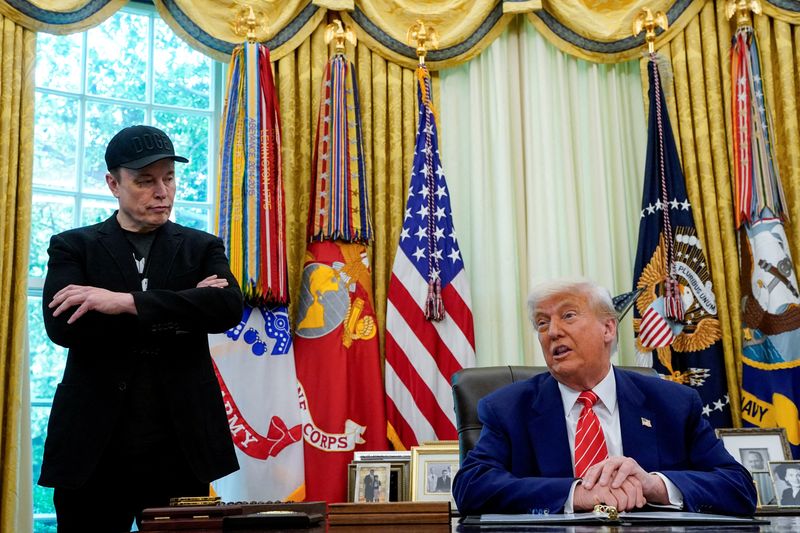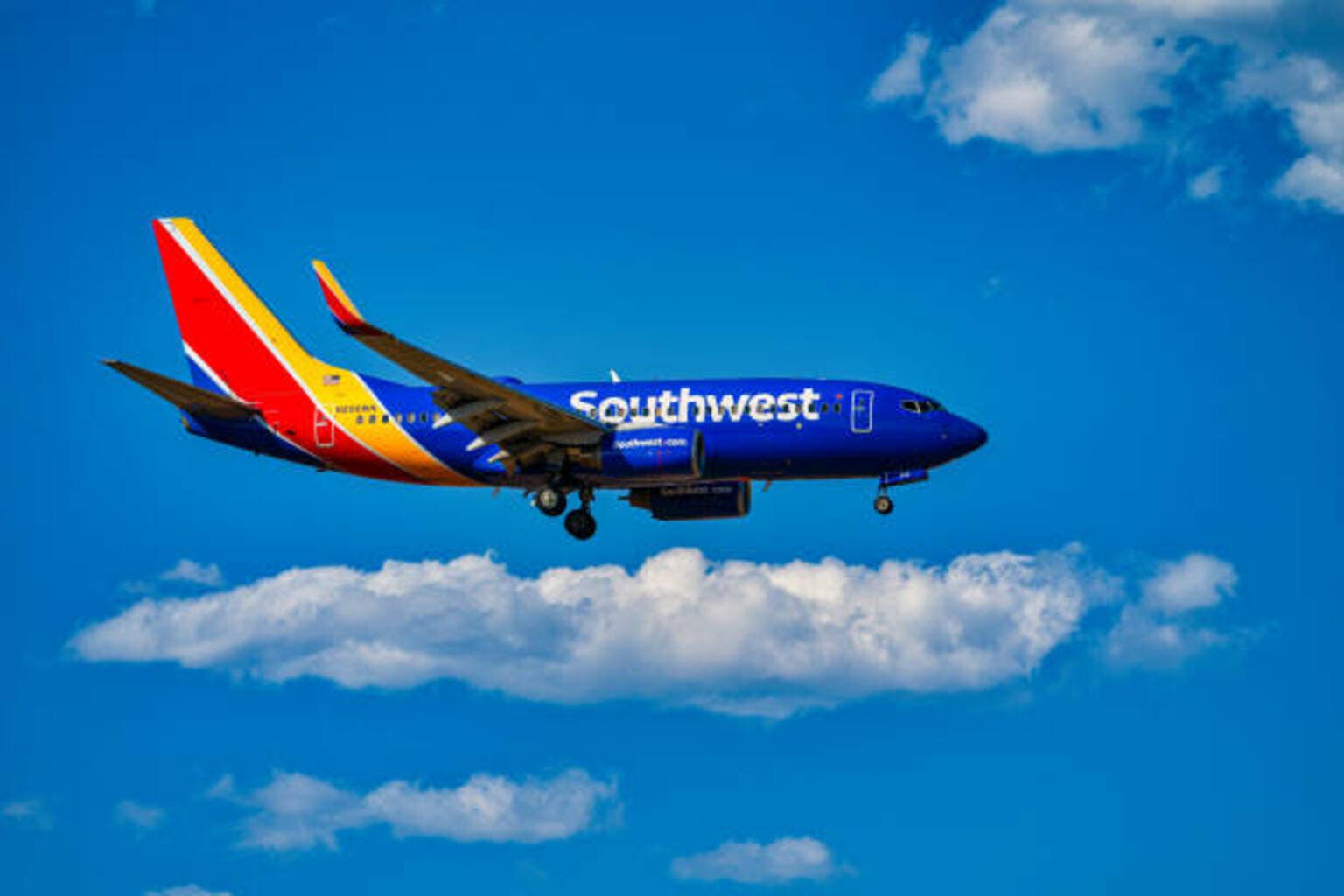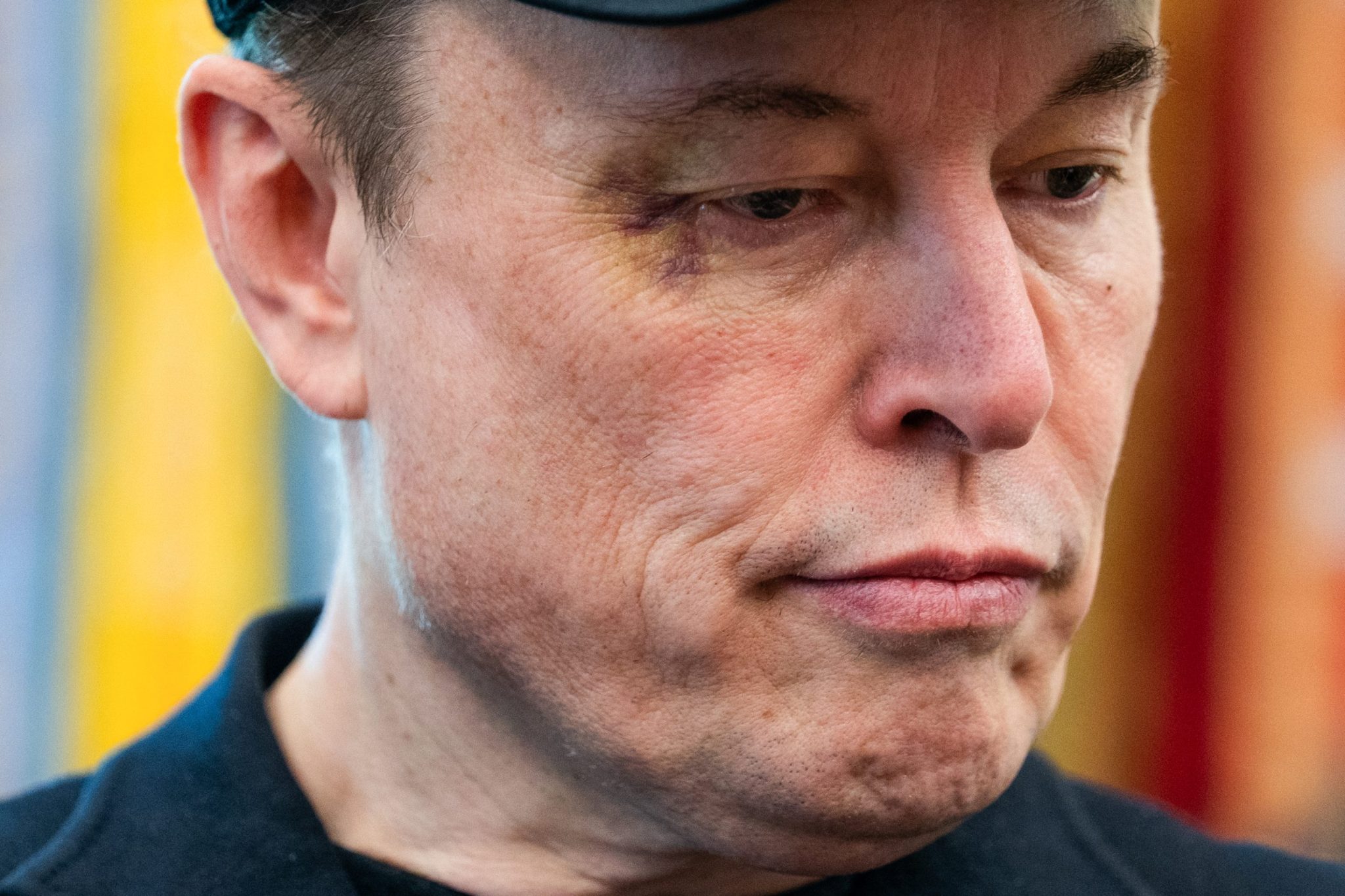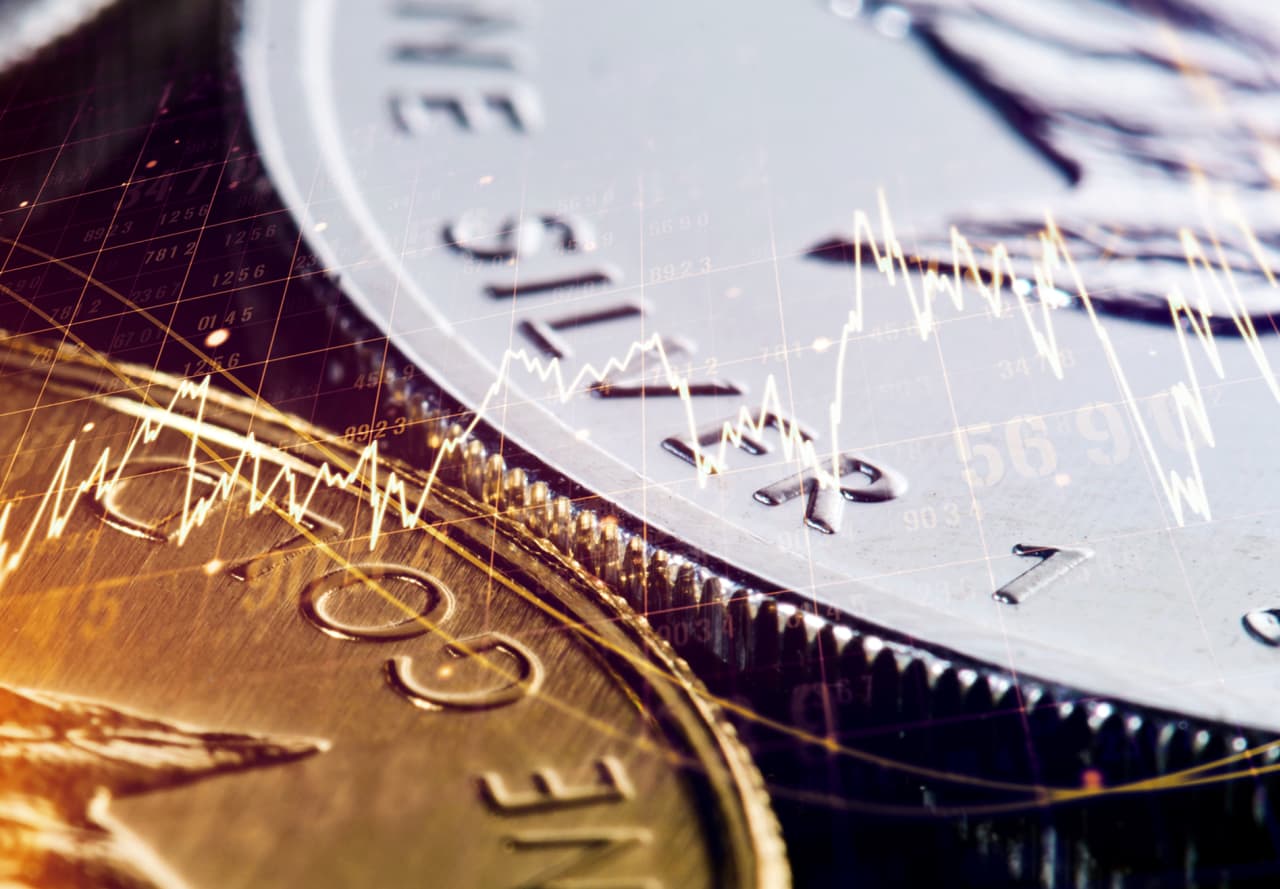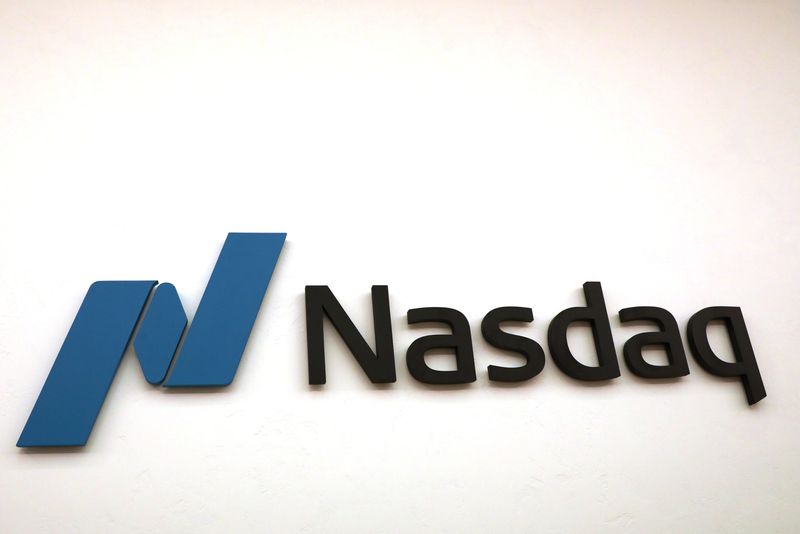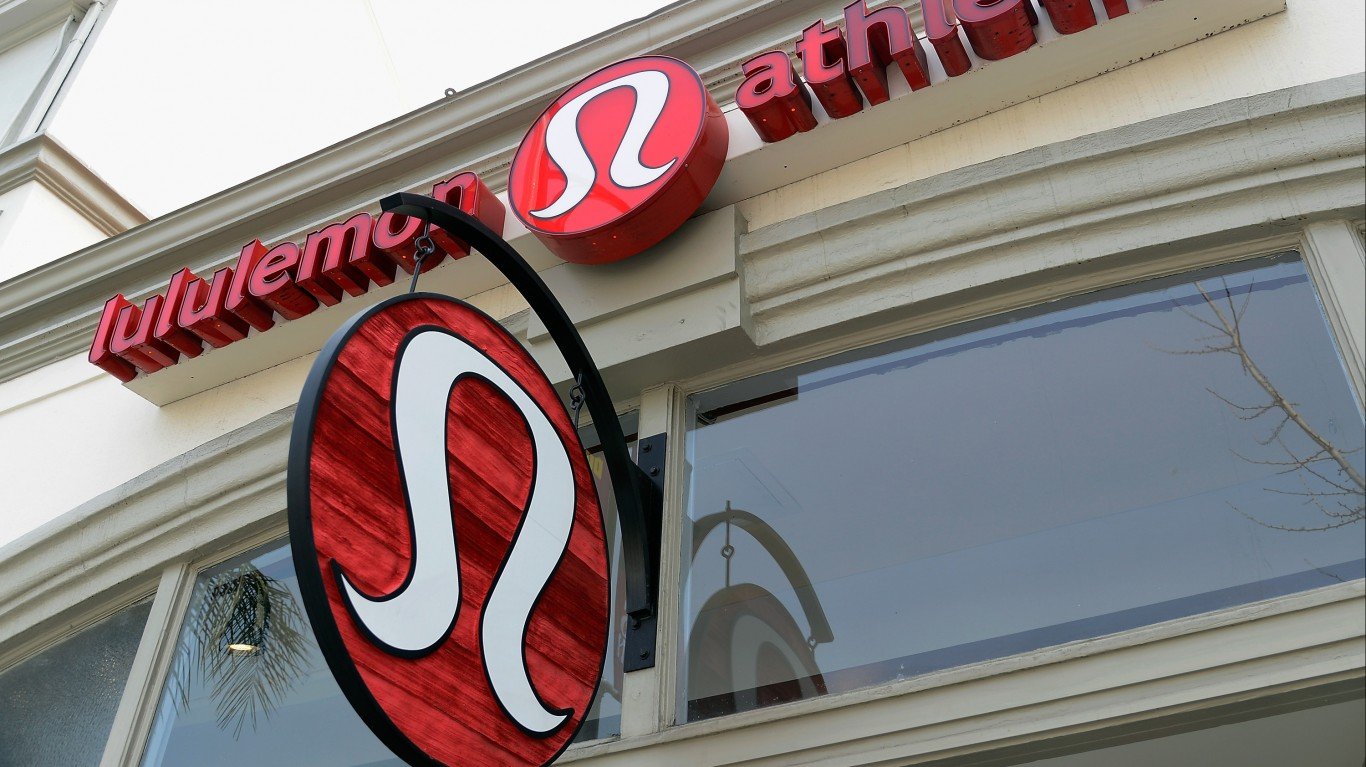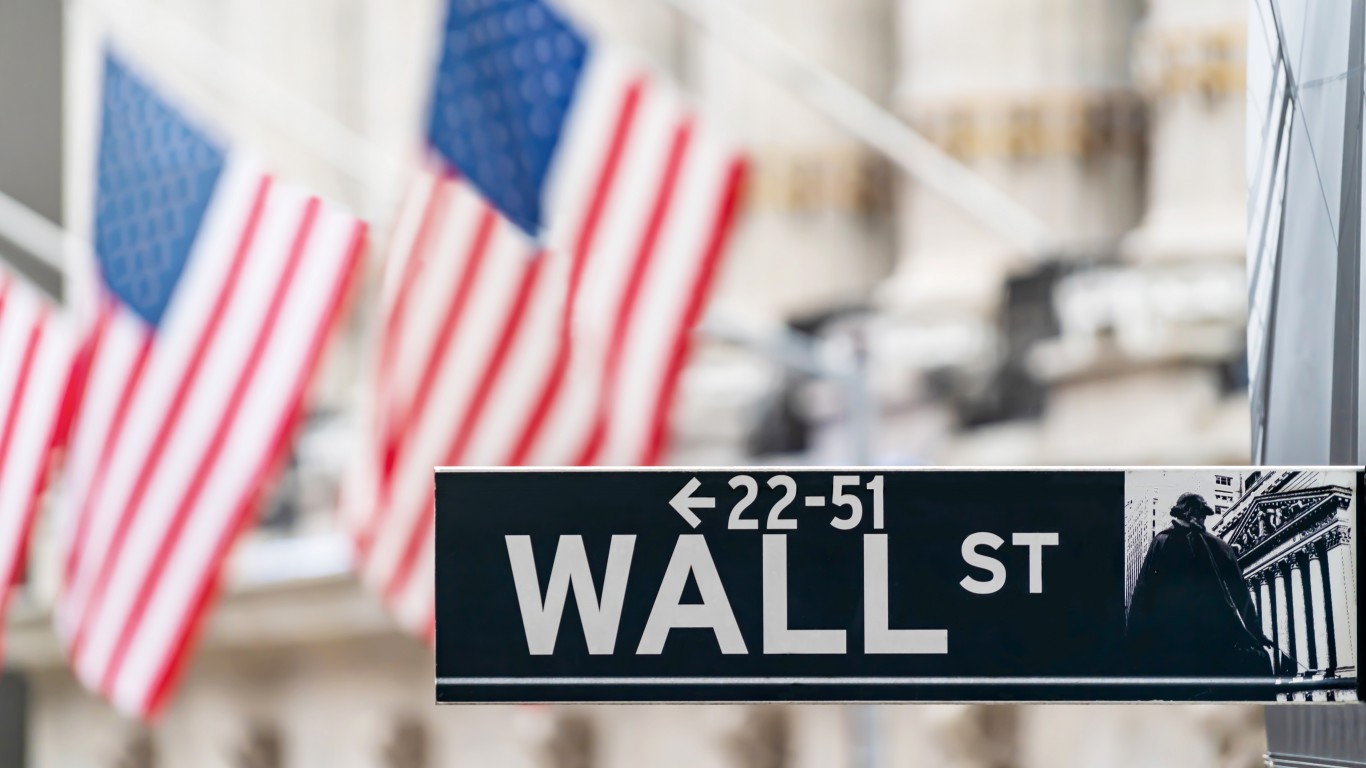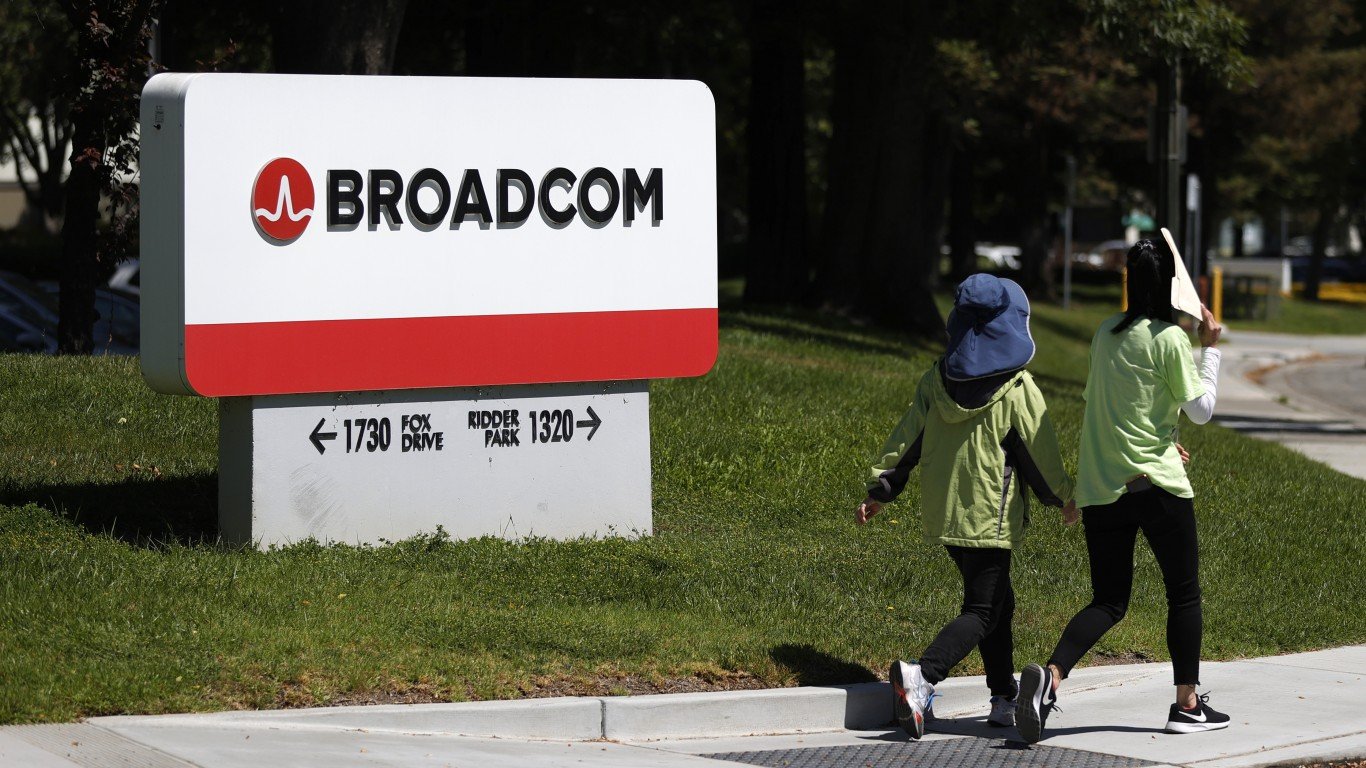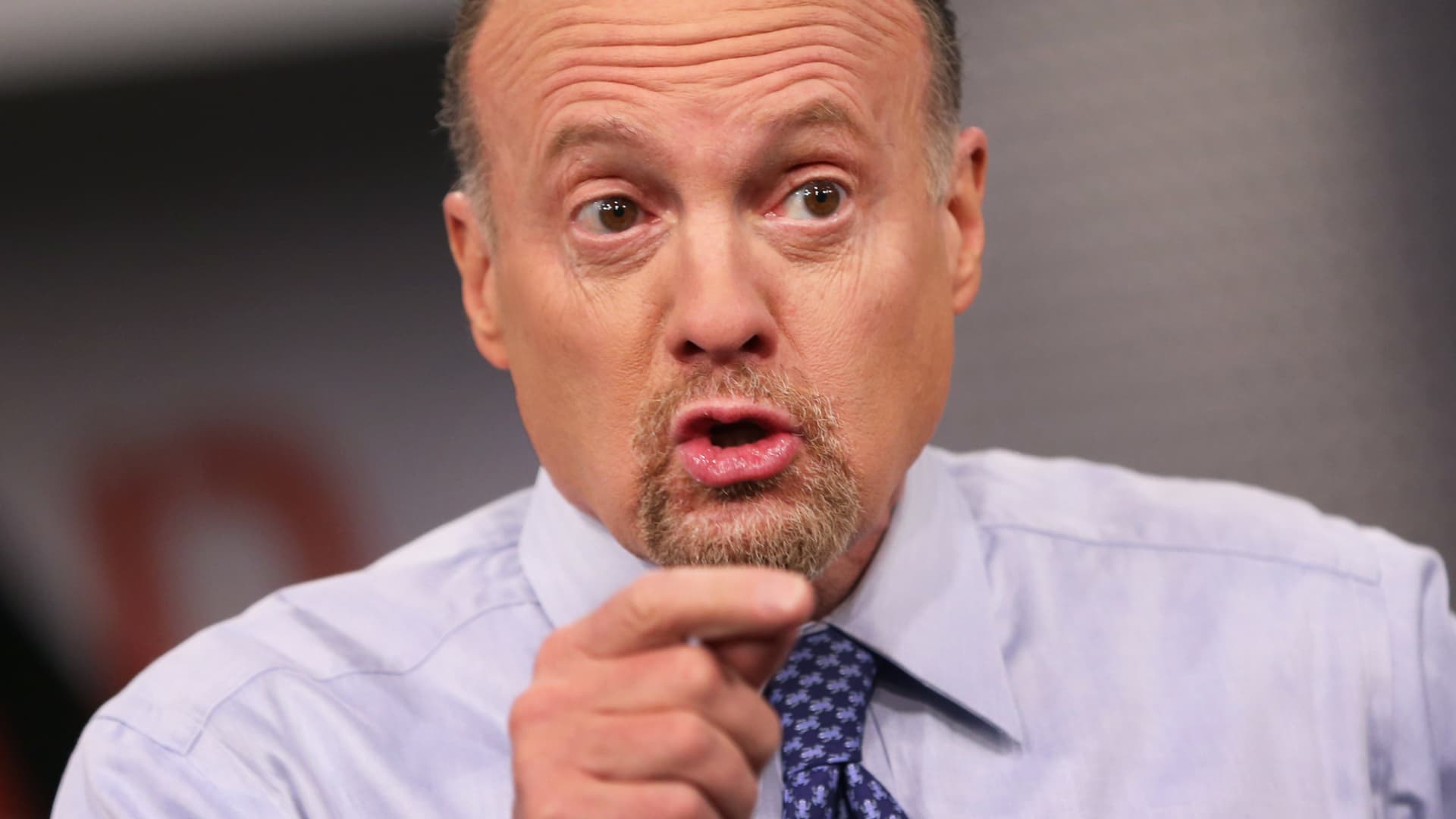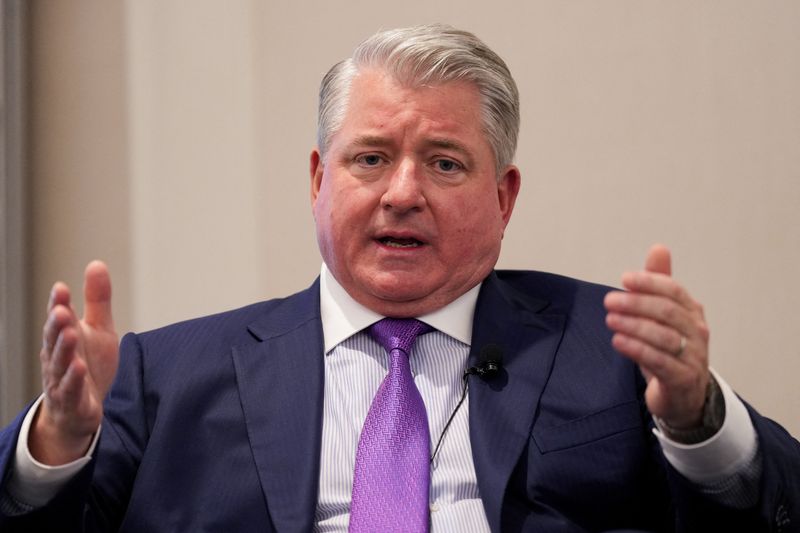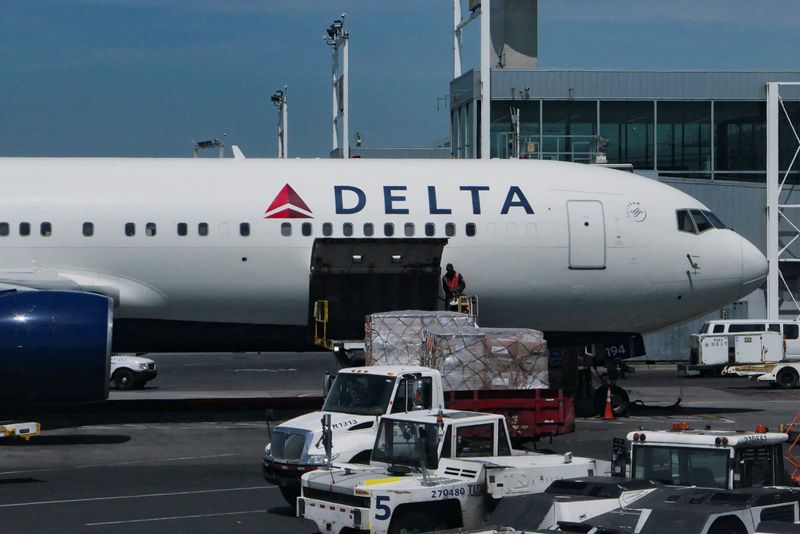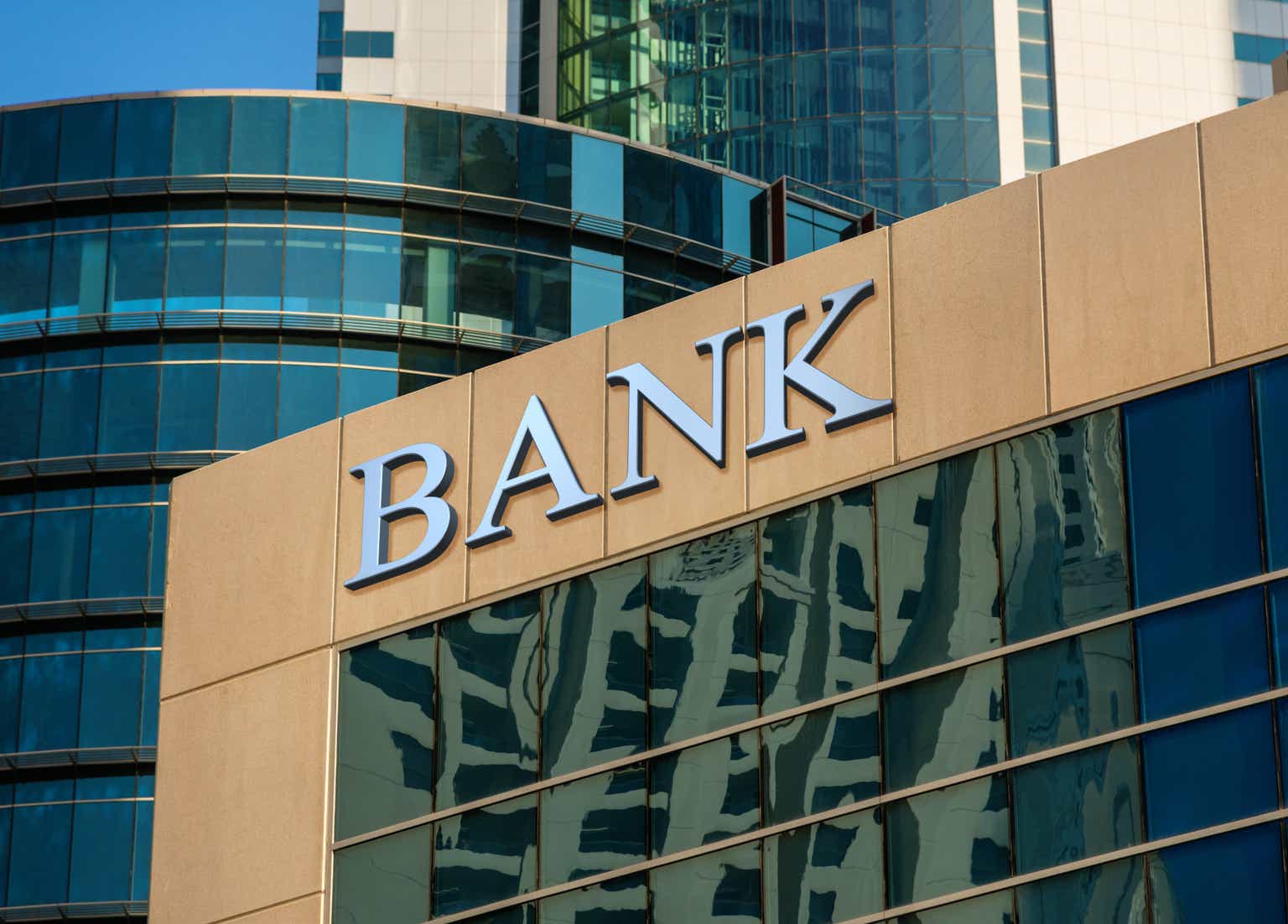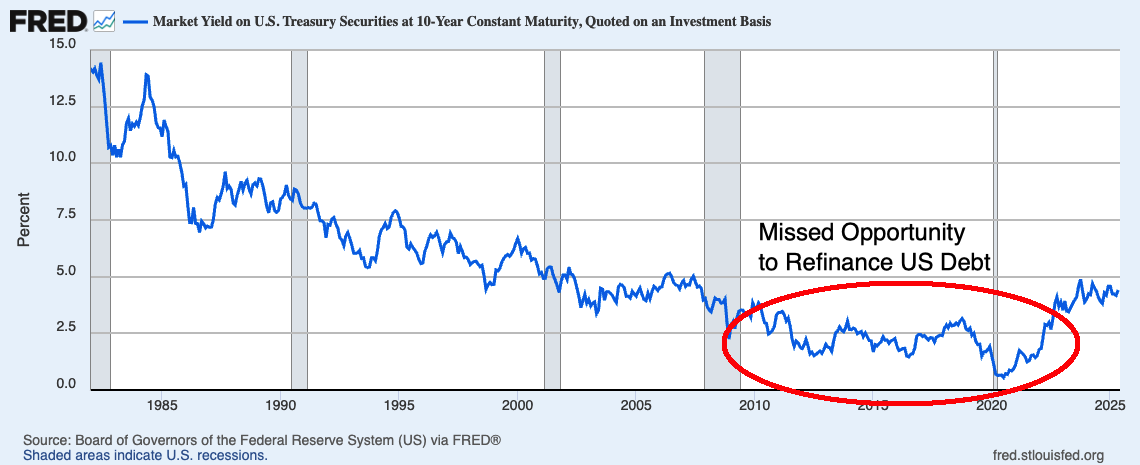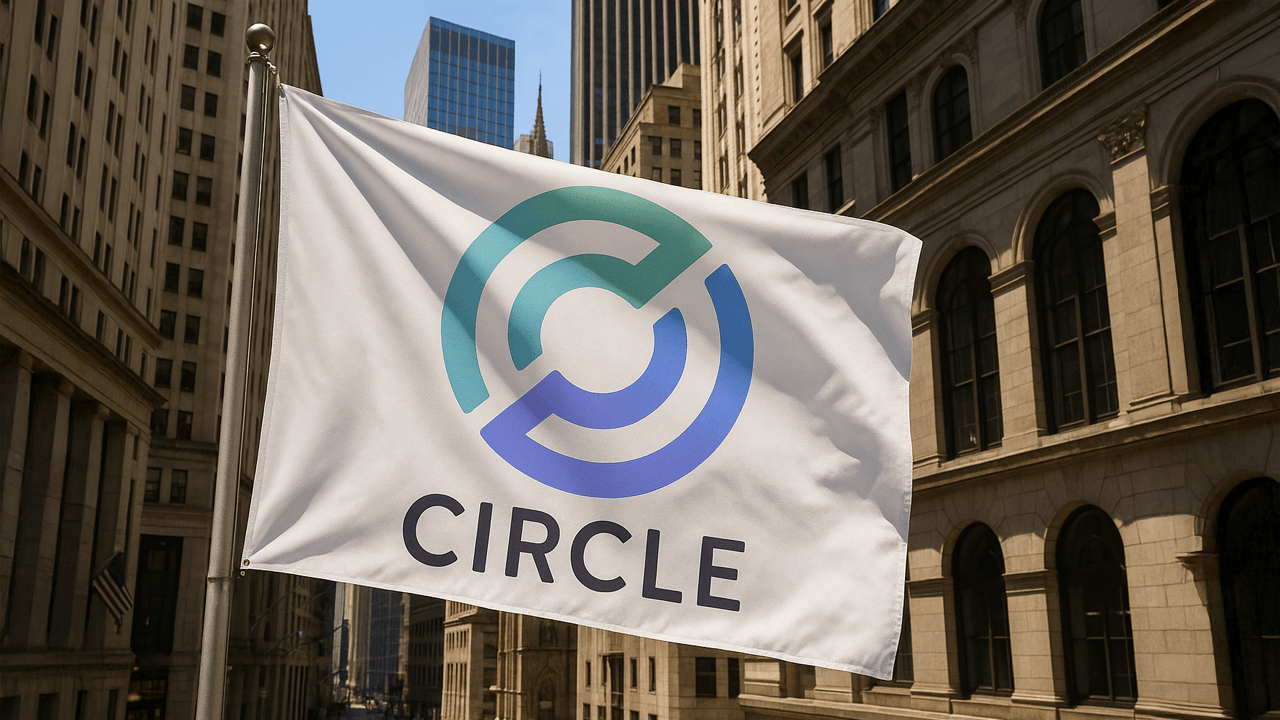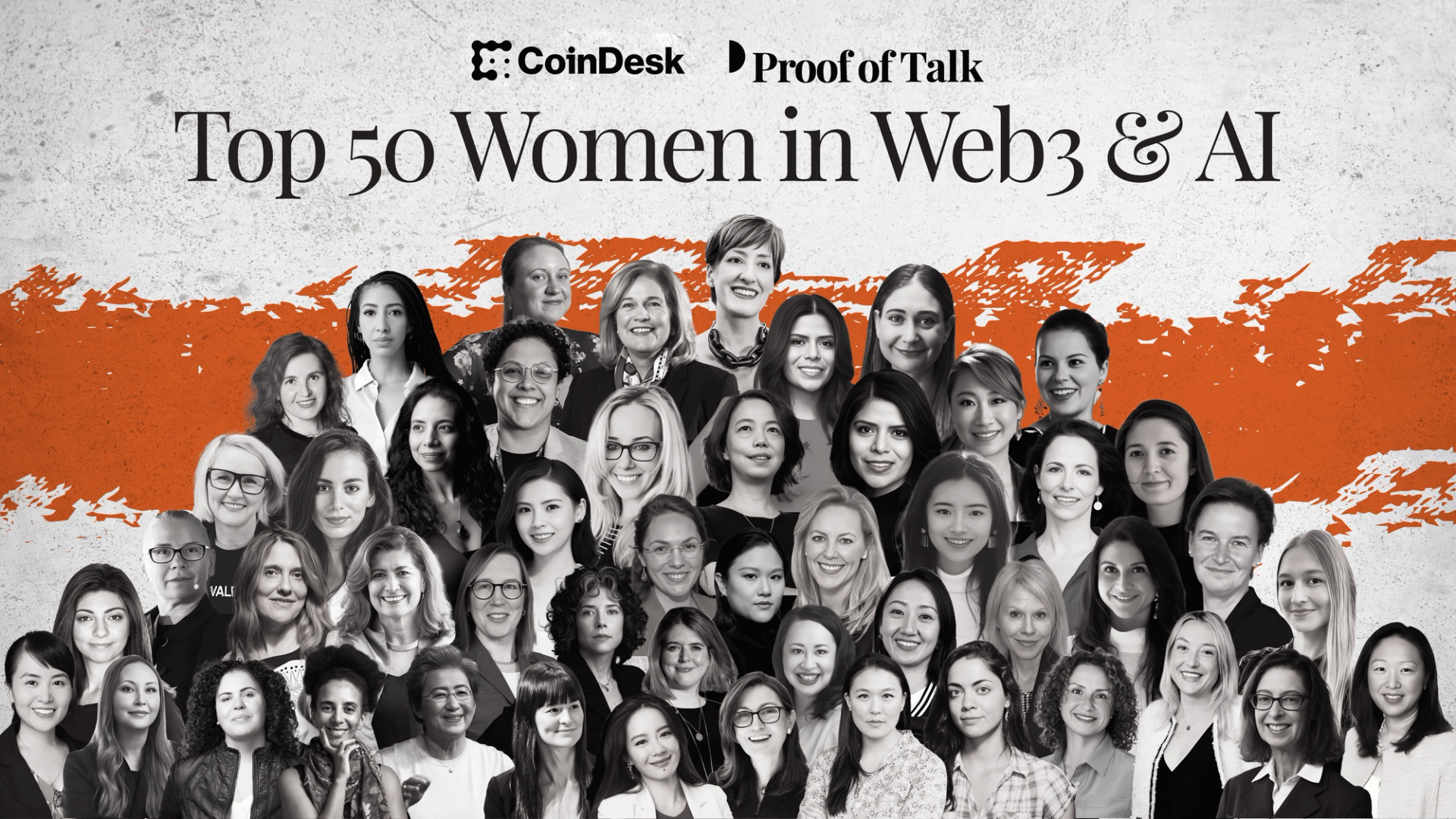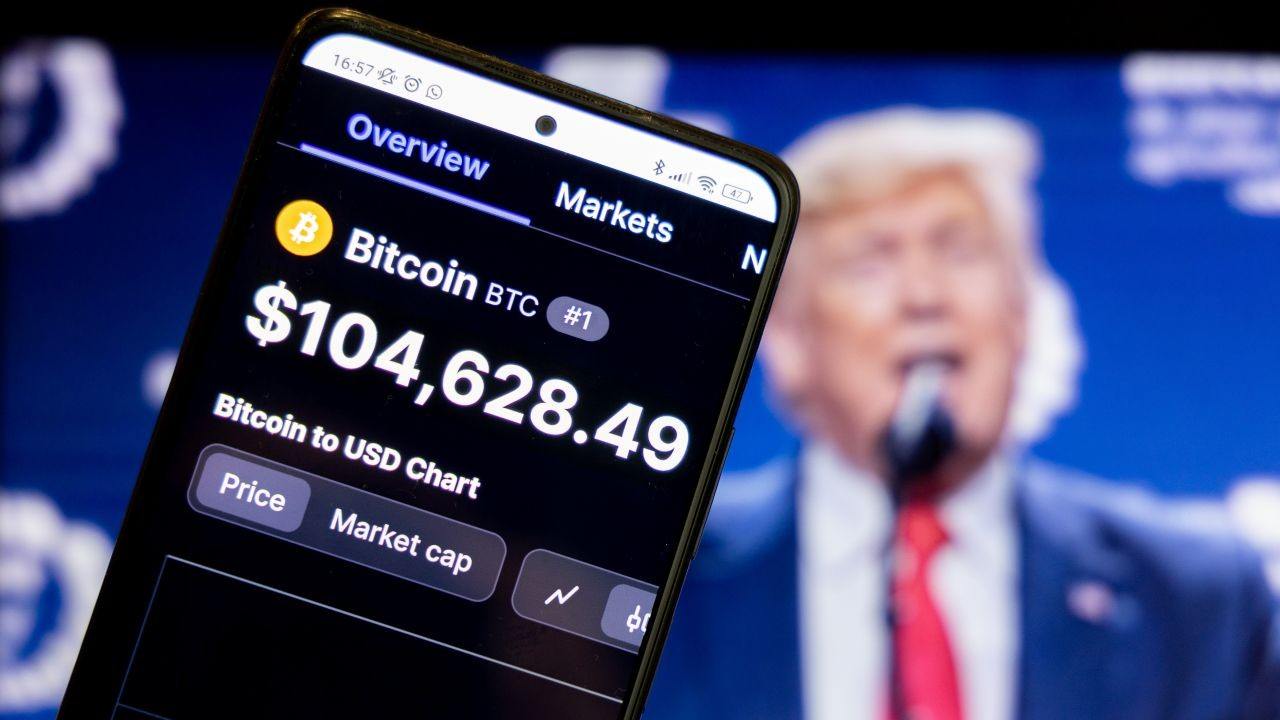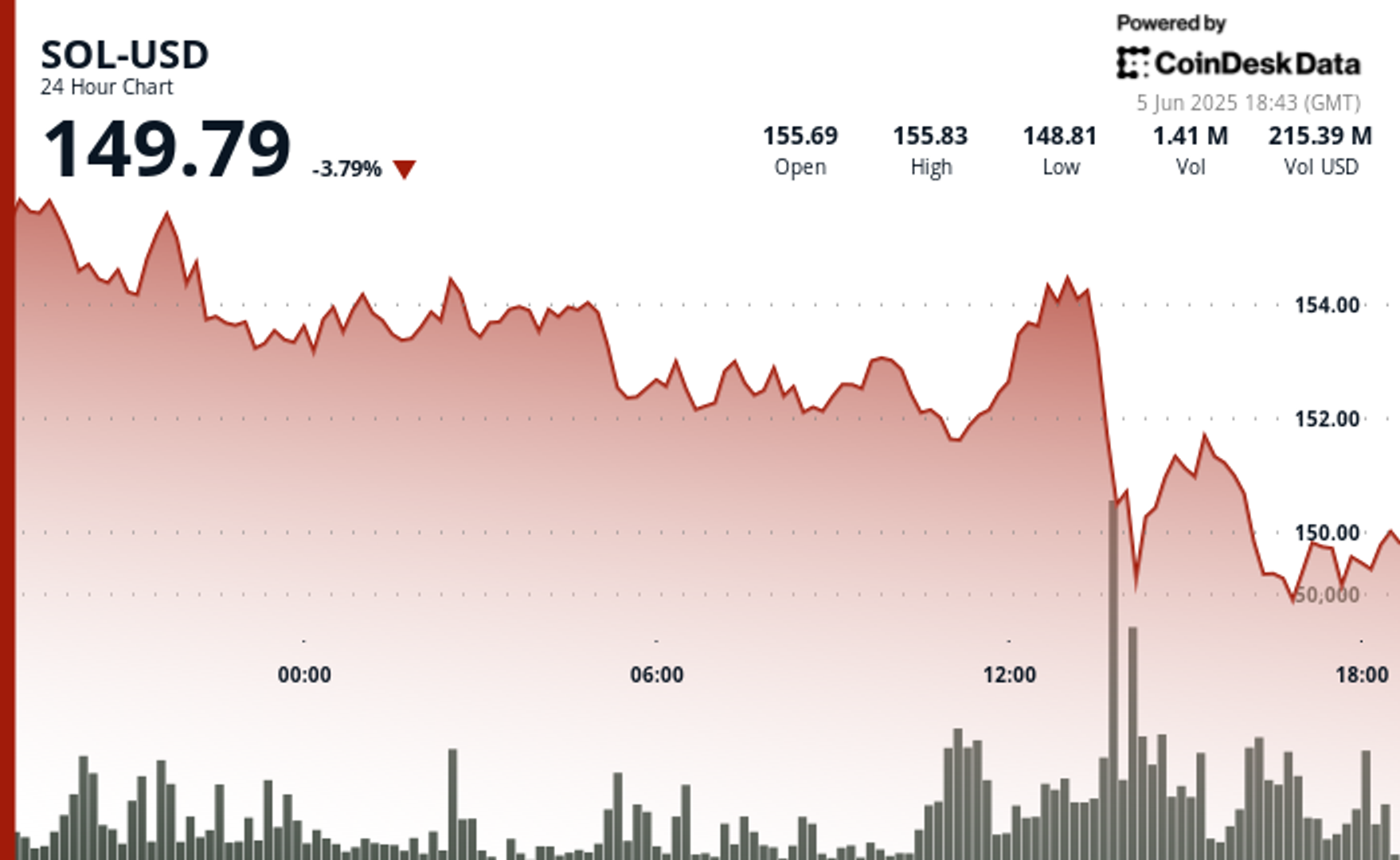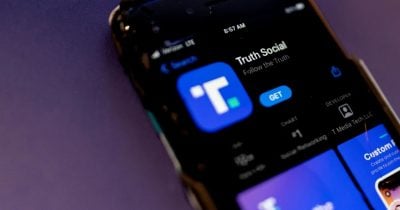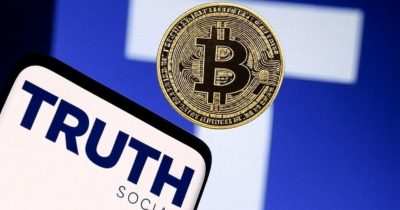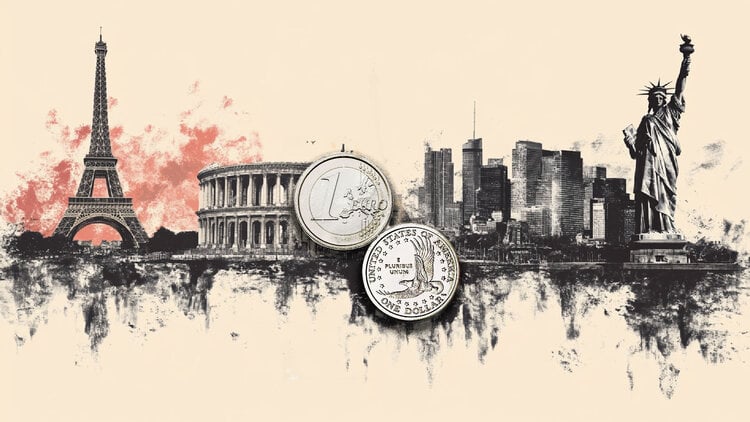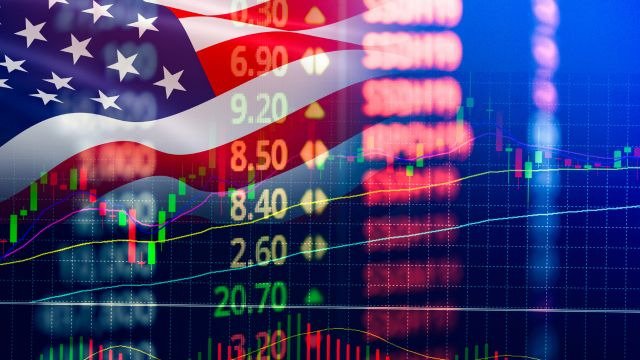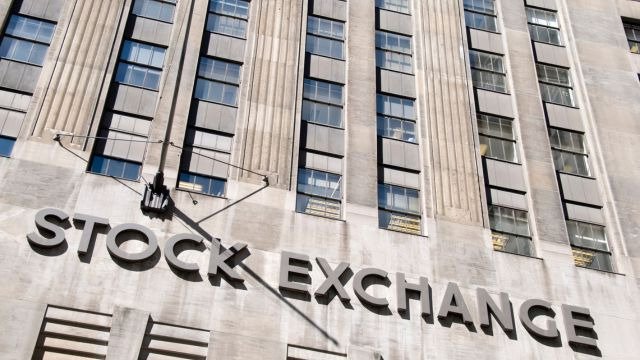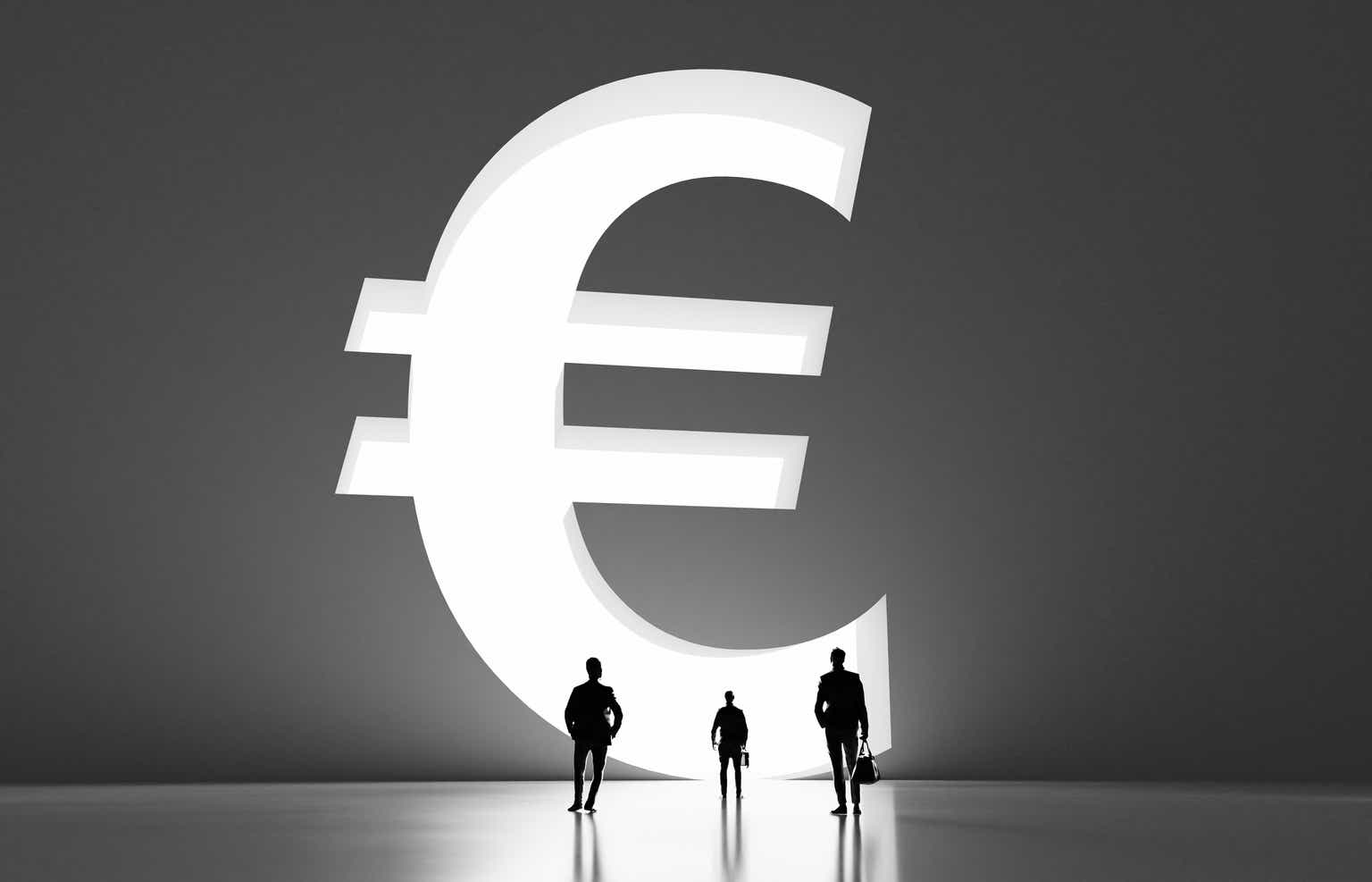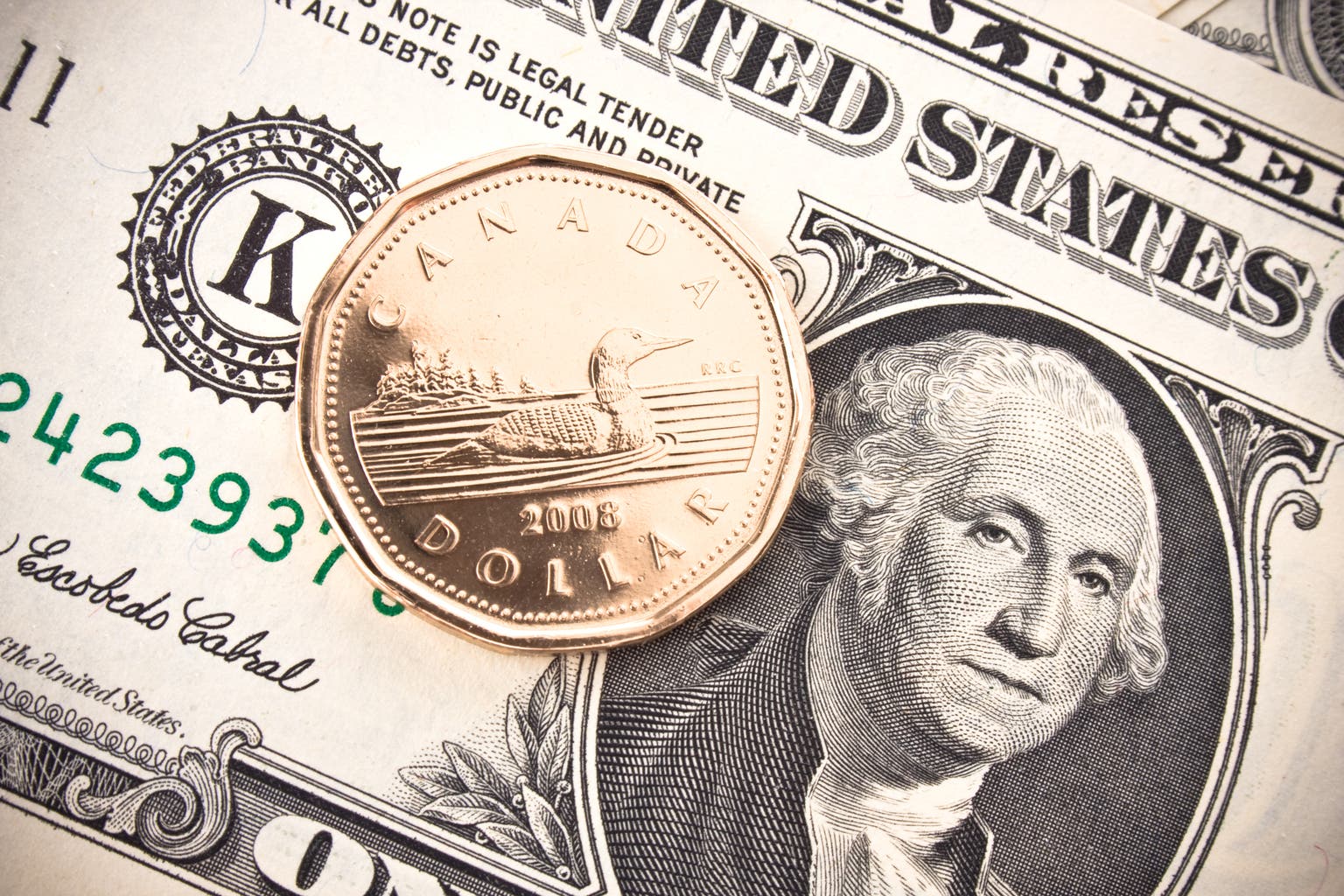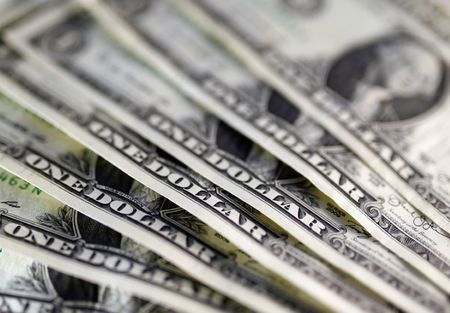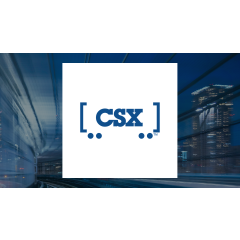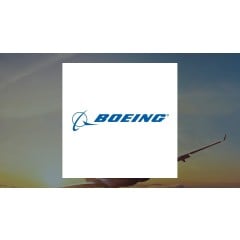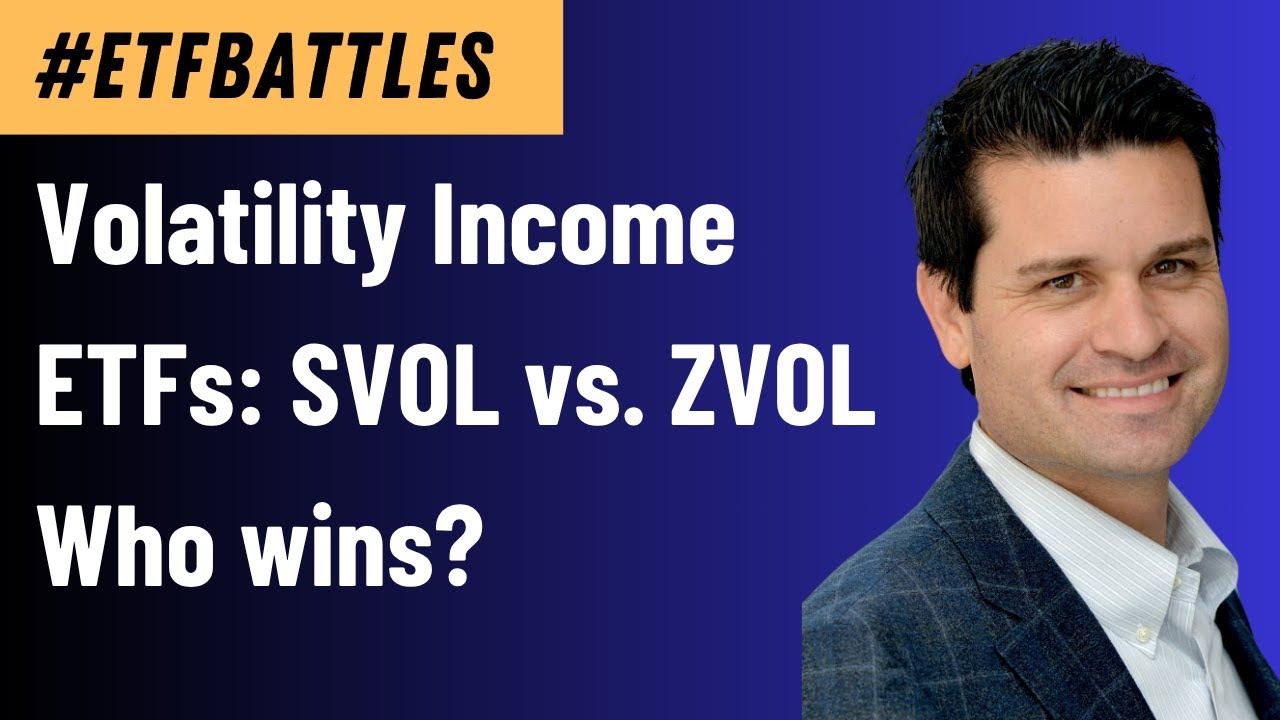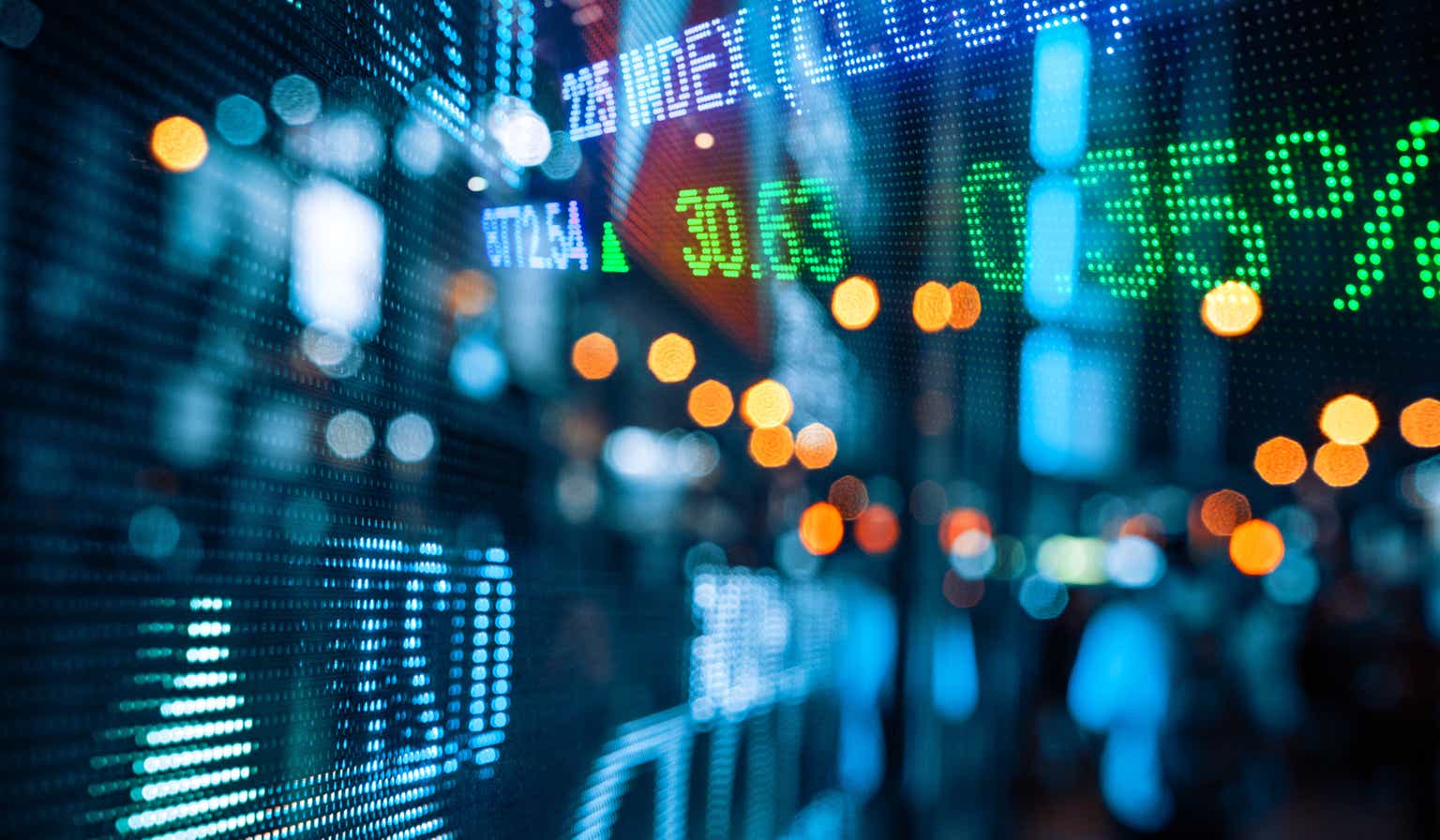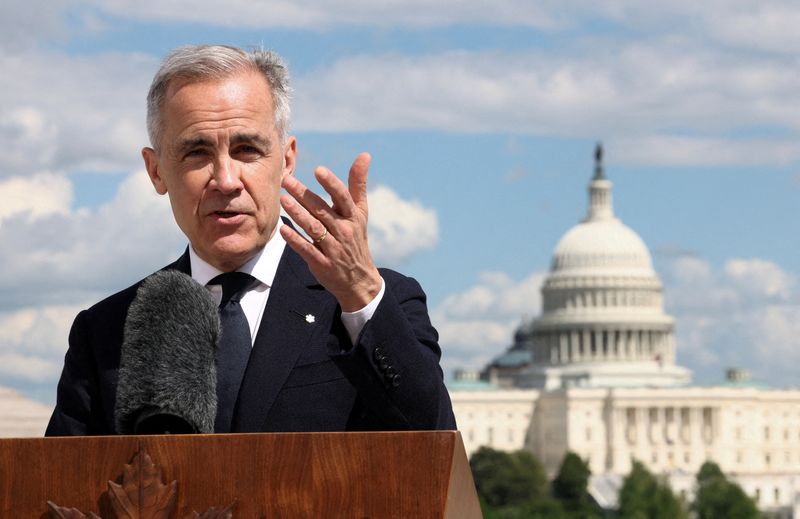Welcome to the Fortune 500’s 71st annual edition
Also: China accuses U.S. of violating trade truce, law firms punished for appeasing Trump, and IBM’s new path ahead.

- In today’s CEO Daily: Diane Brady on the Fortune 500’s new edition.
- The big story: China accuses U.S. of ‘violating’ trade truce.
- The markets: Worried about China-U.S. trade tensions.
- Analyst notes from UBS, Deutsche Bank, and Goldman Sachs.
- Plus: All the news and watercooler chat from Fortune.
Good morning. We just published the 71st annual edition of the Fortune 500, our definitive list of America’s largest companies. The minimum cutoff to make the list this year is $7.4 billion in revenue, up 4% from 2024. Walmart earned the top spot for the 13th straight year, with more than $648 billion in revenues. But Alphabet was America’s most profitable company, with more than $100 billion in profits, and Apple was No. 1 by market cap. In total, Fortune 500 companies represent two-thirds of U.S. GDP with $19.9 trillion in revenues, $1.9 trillion in profits, $46 trillion in market cap, and some 31 million employees worldwide.
What’s fascinating about this list is its evolution, as new players displace old ones in an ever-shifting business landscape. Despite geopolitical turmoil, tech disruptions, economic uncertainty, and more, there are only 22 new names on this year’s list, which is the second-lowest turnover in the past three decades. Newcomers include Oscar Health, Palo Alto Networks, and spinoffs like energy giant GE Vernova and Kenvue, formerly the consumer health care division of Johnson & Johnson. Among those who dropped off: Liberty Media and timber company Weyerhaeuser.
2025 may turn out to be the calm before the storm, as AI is already making an impact. Nvidia more than doubled its revenue last year, as did server company Super Micro Computer. Chipmakers Broadcom and Micron Technology also reaped AI-driven gains. Vistra, which provides power for AI data centers, saw its stock more than triple in 2024. But the biggest gainers on that front were Fannie Mae and Freddie Mac, which set investors’ hopes soaring with reports that they might exit government receivership.
Finally, while the number of billion-dollar startups may have waned—remember this cover story?—a growing number of Fortune 500 companies are now eyeing trillion-dollar valuations. Berkshire Hathaway became the first non-tech company to join a club that counts Apple, Microsoft, Nvidia, Amazon, Alphabet, and Meta as members.
More news below.
Contact CEO Daily via Diane Brady at diane.brady@fortune.com
The new Fortune 500 ranking is here
In total, Fortune 500 companies represent two-thirds of U.S. GDP with $19.9 trillion in revenues, and they employ 31 million people worldwide. Last year, they combined to earn $1.87 trillion in profits, up 10% from last year—and a record in dollar terms. View the full list, read a longer overview of how it shook out this year, and learn more about the companies via the stories below.
- A passion for music brought Jennifer Witz to the top spot at satellite radio staple SiriusXM. Now she’s tasked with ushering it into a new era dominated by podcasts and subscription services. Read more
- IBM was once the face of technological innovation, but the company has struggled to keep up with the speed of Silicon Valley. Can a bold AI strategy and a fast-moving CEO change its trajectory? Read more
- This year, Alphabet became the first company on the Fortune 500 to surpass $100 billion in profits. Take an inside look at which industries, and companies, earned the most profits on this year’s list. Read more
- UnitedHealth Group abruptly brought back former CEO Stephen Hemsley in mid-May amid a wave of legal investigations and intense stock losses. How can the insurer get back on its feet? Read more
- Keurig Dr. Pepper CEO Tim Cofer has made Dr. Pepper cool again and brought a new generation of products to the company. Now, the little-known industry veteran has his eyes set on Coke-and-Pepsi levels of profitability. Read more
- NRG Energy is the top-performing stock in the S&P 500 this year, gaining 68% on the back of big acquisitions and a bet on data centers. In his own words, CEO Larry Coben explains the company’s success. Read more
This story was originally featured on Fortune.com
